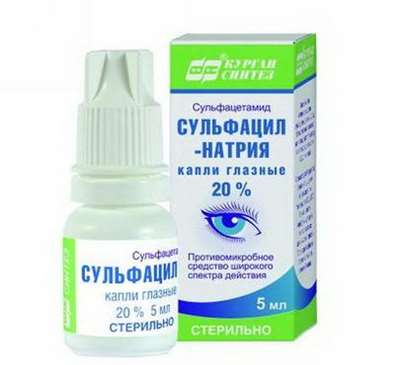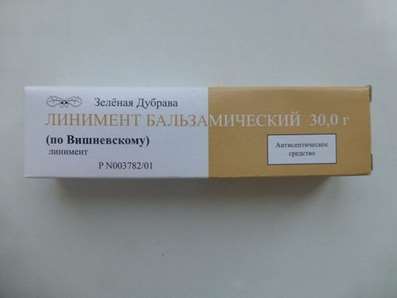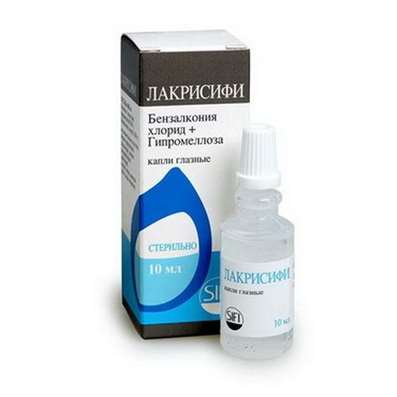Instruction for use: Halothane
I want this, give me price
Latin name: Halothanum (genus. Halothani)
Chemical name
2-Bromo-2-chloro-1,1,1-trifluoroethane
Gross formula
C2HBrClF3
Pharmacological group:
Anesthetic means
The nosological classification (ICD-10)
Z100.0 * Anesthesiology and premedication: Abdominal surgery; Adenomectomy; Amputation; Angioplasty of the coronary arteries; Carotid artery angioplasty; Antiseptic treatment of skin in wounds; Antiseptic treatment of hands; Appendectomy; Atheroctomy; Balloon coronary angioplasty; Vaginal hysterectomy; Venous bypass; Interventions on the vagina and cervix; Interventions on the bladder; Interference in the oral cavity; Reconstructive-reconstructive operations; Hand hygiene of medical personnel; Gynecological Surgery; Gynecological interventions; Gynecological operations; Hypovolemic shock during surgery; Disinfection of purulent wounds; Disinfection of the edges of wounds; Diagnostic Interventions; Diagnostic procedures; Diathermocoagulation of the cervix; Long-term surgeries; Replacement of fistulous catheters; Infection in orthopedic surgical interventions; Artificial heart valve; Kistectomy; Short-term outpatient surgery; Short-term operations; Short-term surgical procedures; Cryotyreotomy; Blood loss during surgical interventions; Bleeding during surgery and in the postoperative period; Laser coagulation Laserocoagulation; Laser retinopathy of the retina; Laparoscopy; Laparoscopy in gynecology; Likvornaya fistula; Small gynecological operations; Small surgical interventions; Mastectomy and subsequent plastic surgery; Mediastinotomy; Microsurgical operations on the ear; Mukinging operations; Suturing; Minor surgery; Neurosurgical operation; Eclipse of the eyeball in ophthalmic surgery; Orchiectomy; Pancreatectomy; Pericardectomy; The rehabilitation period after surgical operations; Reconvalence after surgical intervention; Percutaneous transluminal coronary angioplasty; Pleural Thoracocentesis; Pneumonia postoperative and post traumatic; Preparing for surgical procedures; Preparing for a surgical operation; Preparation of the surgeon's arms before surgery; Preparation of the colon for surgical interventions; Postoperative aspiration pneumonia in neurosurgical and thoracic operations; Postoperative nausea; Postoperative hemorrhage; Postoperative granuloma; Postoperative shock; Early postoperative period; Myocardial revascularization; Resection of the apex of the tooth root; Resection of the stomach; Bowel resection; Resection of the uterus; Liver resection; Small bowel resection; Resection of a part of the stomach; Reocclusion of the operated vessel; Gluing of tissues during surgical interventions; Suture removal; Condition after eye surgery; Condition after surgery in the nasal cavity; Condition after gastrectomy; Condition after resection of the small intestine; Condition after tonsillectomy; Condition after removal of duodenum; Condition after phlebectomy; Vascular Surgery; Splenectomy; Sterilization of surgical instrument; Sterilization of surgical instruments; Sternotomy; Dental surgery; Dental intervention on periodontal tissues; Strumectomy; Tonsillectomy; Thoracic surgery; Total gastrectomy; Transdermal intravascular coronary angioplasty; Transurethral resection; Turbinectomy; Removal of a tooth; Cataract removal; Removing Cysts; Removal of tonsils; Removal of myoma; Removal of mobile milk teeth; Removal of polyps; Removal of a broken tooth; Removal of the uterus; Removal of seams; Urethrotomy; Fistula of the luminal ducts; Frontoetmoidogamotomy; Surgical infection; Surgical treatment of chronic ulcers of extremities; Surgery; Surgery in the anus; Surgery on the large intestine; Surgical practice; Surgical procedure; Surgical interventions; Surgical interventions on the digestive tract; Surgical interventions on the urinary tract; Surgical interventions on the urinary system; Surgical interventions on the genitourinary system; Surgical intervention on the heart; Surgical procedures; Surgical operations; Surgical operations on veins; Surgical intervention; Vascular Surgery; Surgical treatment of thromboses; Cholecystectomy; Partial resection of the stomach; Extraperitoneal hysterectomy; Percutaneous transluminal coronary angioplasty; Percutaneous transluminal angioplasty; Coronary artery bypass grafting; Extirpation of the tooth; Extirpation of infant teeth; Extirpation of pulp; Extracorporeal circulation; Extraction of the tooth; Extraction of teeth; Extraction of cataracts; Electrocoagulation; Endourological interventions; Episiotomy; Ethmoidotomy; Complications after tooth extraction
CAS code
151-67-7
Characteristics of the substance Halothane
Colorless, transparent, mobile, volatile liquid with the smell of chloroform, sweet and burning taste. The density is 1,865-1,870. The boiling point is 49-51 ° C. Little soluble in water, good in anhydrous alcohol, ether, chloroform, trichlorethylene, oils. Oil / water distribution coefficient 330. Does not burn and does not ignite (vapors in mixture with oxygen and nitrous oxide are explosion-proof).
Pharmacology
Pharmacological action - anesthesia inhalation, analgesic, miorelaksiruyuschee.
Oppresses the central nervous system and causes anesthesia. It blocks sympathetic ganglia, raises the tone of the vagus nerve, lowers the contractile ability of the myocardium, sensitizes the myocardium to catecholamines. Lowers systemic blood pressure; enlarges the bronchi; inhibits salivation; oppresses cough and vomiting reflexes. Easily absorbed and quickly passes the histohematological barriers, including GEB and placental. A small part is metabolized in the liver. Output is mainly light in unchanged form, a small amount - by kidneys (including biotransformation products - bromides, chlorides and trifluoroacetic acid).
Application of substance Halothane
General anesthesia: induction and maintenance of anesthesia during surgical operations (including against the background of chronic respiratory diseases), including cesarean section.
Contraindications
Hypersensitivity, acute liver damage, jaundice, malignant hyperthermia, pheochromocytoma, arrhythmia, myasthenia gravis, craniocerebral trauma, increased intracranial pressure; the need for local adrenaline use during surgery; gynecological operations, in which the relaxation of the uterus is contraindicated; I trimester of pregnancy; 3-month period after halothane anesthesia.
Side effects of the substance Halothane
Arrhythmia, bradycardia, arterial hypotension, respiratory depression, headache, tremor after awakening, post-nasal chills, nausea, jaundice, hepatitis (with repeated administration), malignant hyperthermic crisis, postnarcotic delirium.
Interaction
Strengthens the effect of antidepolarizing muscle relaxants, antihypertensive drugs, digitalis preparations and m-cholinomimetics. Reduces tachycardia caused by trimetaphane. Increases the risk of liver damage on the background of phenytoin. Aminoglycosides, lincomycin and polymyxins deepen neuromuscular blockade (can cause apnea). Ketamine increases T1 / 2, methyldopa, nitrous oxide, morphine and phenothiazines - the power of anesthesia. The probability of malignant hyperthermia increases suxamethonium, arrhythmias - xanthine.
Overdose
Symptoms: severe bradycardia, arrhythmia, hypotension, hyperthermic crisis, respiratory depression.
Treatment: IVL with pure oxygen.
Routes of administration
Inhalation.
Precautions for substance Halothane
It should be borne in mind that the introduction of adrenaline and other sympathomimetics increases the risk of arrhythmias. It is necessary to cancel levodopa 6-8 hours before the onset of anesthesia. Patients with chronic alcoholism for anesthesia require large doses.
Special instructions
Do not store halothane in evaporators. Before the new use, the evaporator is thoroughly cleaned from the halotane residues and the products of its decomposition.

 Cart
Cart





